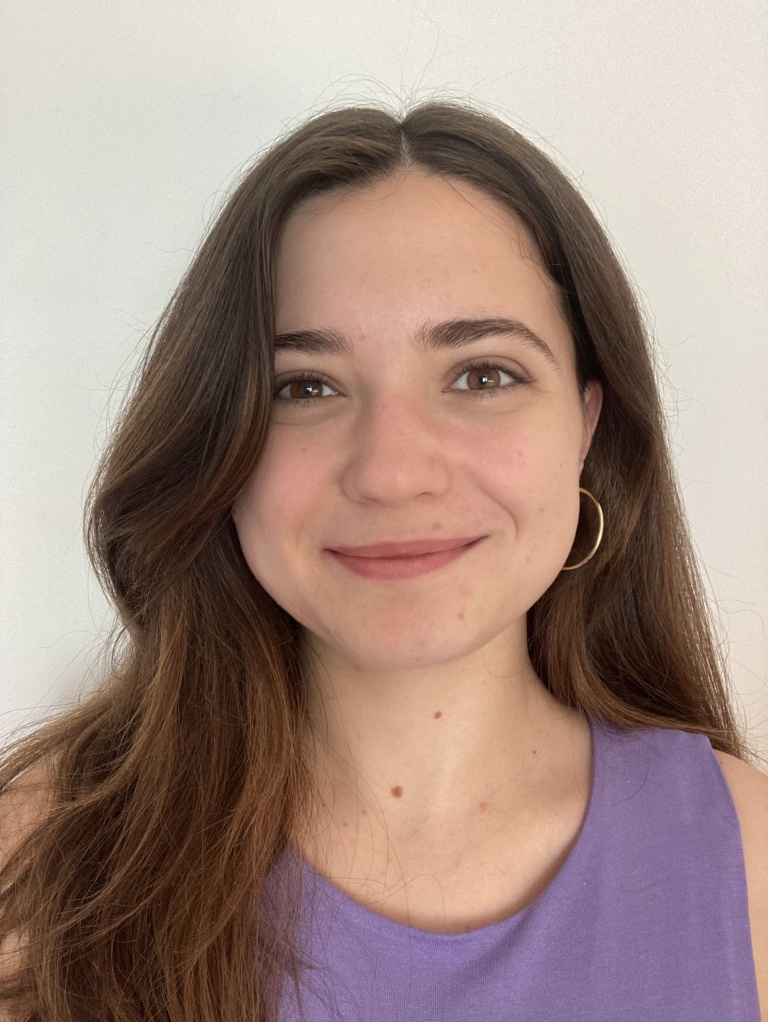At the EPP symposium ‘Keeping up to date with network analysis’ on 8 and 9 December, PhD students could gain practical experience with applying Network theory to their own research and explore the promising field of this new approach to clinical psychology. Güldehan Durman started her PhD project within NSMD just a month earlier and enjoyed the two days in Driebergen a lot.
“A new approach – the network theory – is gaining ground in clinical psychology”, the invitation of the Postgraduate School for Experimental Psychopathology (EPP) said. In this symposium, the rationale for adopting a network approach in psychology was explained, and students could gain hands-on experience with its practical applications. In addition, there was room for conceptual discussions – fuelled by recent debates about the clinical utility of the network approach and its implications for the field of experimental psychopathology. Three NSMD affiliated researchers organised this symposium: Lotte Gerritsen (UU), Renée Visser (UvA) and Laurens Kemp (UM).

A roadmap
Güldehan Durman started her PhD on 1 November this year, at the Amsterdam Emotional Memory Lab at the Department of Clinical Psychology, University of Amsterdam. “I am new to network theory, so after I had been doing a lot of reading, this symposium gave me a lot of new insights, plus the opportunity to meet some NSMD colleagues. Many of them are a member of EPP as well.” Lectures by Prof. Anne Roefs and Denny Borsboom. PhD, offered an overview of the developments, possibilities and challenges of network theory, both from the research as the practical side. “Denny Borsboom’s talk also gave me a roadmap of how the Network approach differs from the Network theory. It’s important to realise where you stand with your research and what perspective you choose. According to the Network approach, for example, you can look at anything systematically as a network. That’s something different than believing the network theory of psychological disorders, which argue that mental disorders arise from the causal interactions between symptoms.”
An R building block
Tessa Blanken, actually one of Durman’s supervisors, gave an overview of her journey as a researcher with Network theory, applying it to people with insomnia and depression. And then there were several workshops, where participants could work hands on with ‘R’, the computer programme most NSMD researchers also use in their research. “I’ve used R before, so I was able to finish the exercises, applying R to a provided data set. It was also very useful for me, because it gave me some basic building blocks that I can use in my own project.” In another workshop, PhD students got to know more about each other’s projects and brainstormed together about possibilities for Network analyses and what kind of conclusions could be reached from the proposed approaches. Durman: “My project focusses on the function of emotional memory in maintaining psychopathological symptoms, and the question how to represent and test emotional memory from a latent or network perspective. Can we represent it as an underlying latent variable that causes psychopathological symptoms, or is it better understood as a network of interacting symptoms? I’m even more enthusiastic about it after this symposium.”